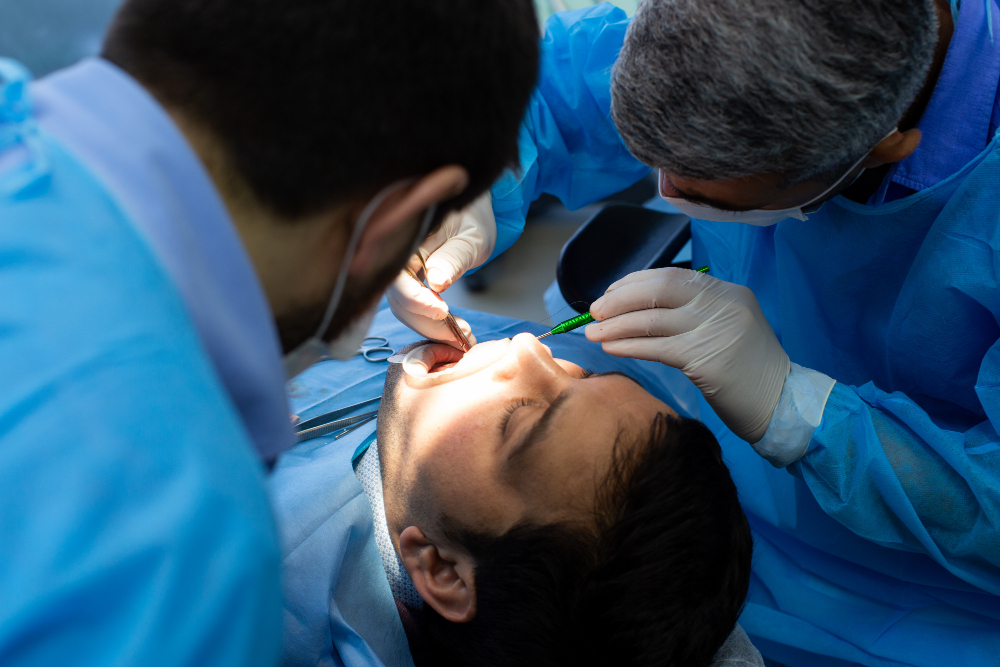Introduction to Wisdom Tooth Extraction
Wisdom tooth extraction is a common dental procedure. Dentists remove one or more wisdom teeth, which are the last set of molars at the back of your mouth. Often, these teeth cause problems because they do not have enough space to grow. As a result, many people need wisdom tooth extraction to prevent pain, infection, or other dental issues. According to the American Dental Association (ADA), removing wisdom teeth can help keep your mouth healthy.
Common Symptoms and Reasons for Extraction
Sometimes, wisdom teeth do not grow in properly. This can lead to several symptoms. For example, you may feel pain, swelling, or notice red gums. In some cases, you might have trouble opening your mouth or chewing food. Dentists often recommend wisdom tooth extraction for these reasons:
Because these issues can get worse over time, early removal is often best.
How to Prepare for Wisdom Tooth Extraction
Before your wisdom tooth extraction, your dentist will explain the procedure. They may take X-rays to see the position of your teeth. It is important to share your full medical history, including any allergies or medications. In addition, your dentist will give you instructions, such as:
By preparing ahead, you can help your recovery go smoothly.
Step-by-Step Overview of the Extraction Procedure
During wisdom tooth extraction, your dentist or oral surgeon will use local anesthesia to numb the area. Sometimes, they may use sedation to help you relax. Here is what usually happens:
Most extractions take less than an hour. However, the time may vary based on your case.
Recovery Process and Timeline
After wisdom tooth extraction, recovery usually takes a few days. Most people feel better within a week. However, some swelling and discomfort are normal. Here is a typical recovery timeline:
Because everyone heals differently, your dentist will give you specific advice.
Aftercare Tips for Optimal Healing
Proper aftercare for wisdom tooth extraction helps you heal faster and avoid problems. Here are some tips:
Because good aftercare lowers the risk of infection, always follow your dentist’s instructions.
Potential Risks and Complications
Although wisdom tooth extraction is safe, there are some risks. For example, you may have:
If you notice severe pain, fever, or pus, contact your dentist right away. Early treatment can prevent serious problems.
Prevention and Oral Hygiene Advice Post-Extraction
After your wisdom tooth extraction, keeping your mouth clean is important. Here are some simple steps:
Because good oral hygiene prevents future problems, make it part of your daily routine.
Conclusion
Wisdom tooth extraction is a routine procedure that helps prevent pain and dental issues. With the right preparation, aftercare, and oral hygiene, you can recover quickly. For personalized advice on wisdom tooth extraction, consult a dental professional.

